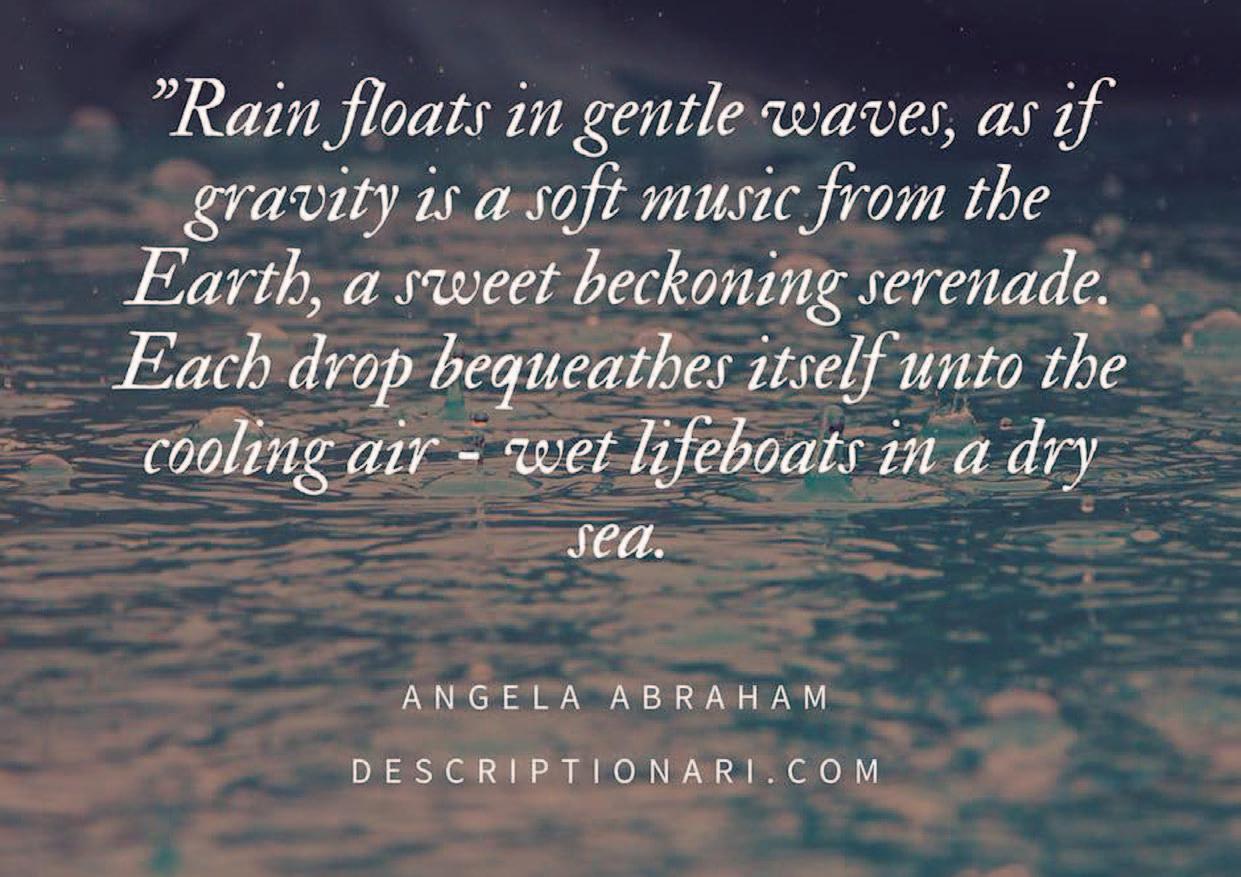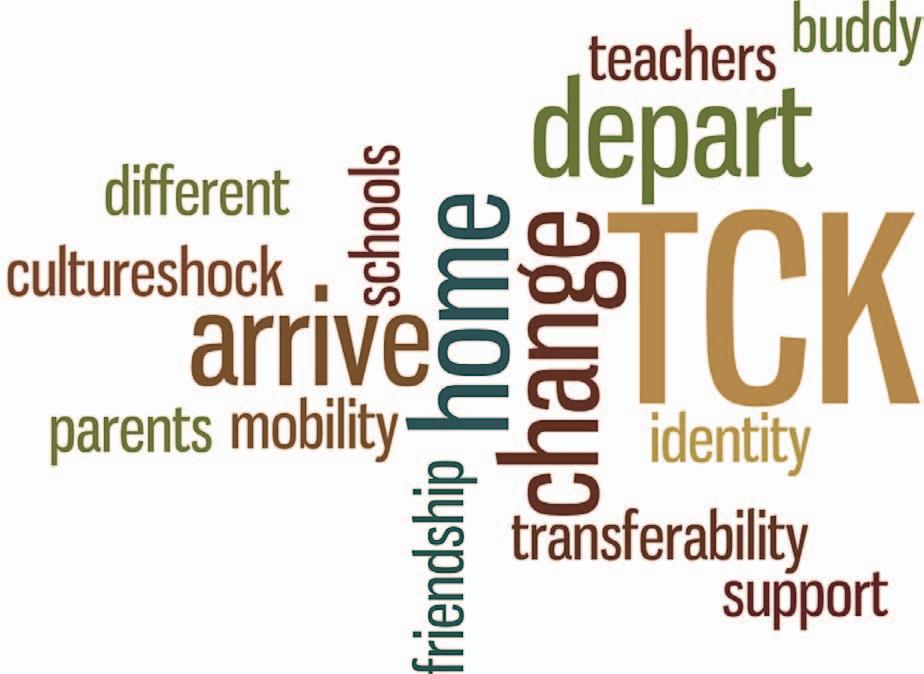Features
An inverse approach to school internationalization What happens when an international school has to localize? asks Richard Eaton
24
mission, one that had not been revised since 2006. Our goals in this process were dichotomous: to celebrate – if not highlight – our nascent local identity as a state-supported multilingual school, while simultaneously confirming to our community a commitment to international education. An initial learning point was that our 2006 Mission did not mention our commitment to the values of the IB. Adding this, we felt, would offer assurances to our community that, in the first case, we were an IB World School that would continue to promote excellence in international education. However, we were also bold in inserting into the 2016 Mission reference to the Educational and Pedagogical Goals (Bildungs- und Erziehungsziele) of the State of Berlin. For a community already weary of localization, this received a lukewarm reception. Yet as the spirit of these educational goals was made more widely known to stakeholders it became clear, as the CEO of our school’s parent foundation put it, “you can’t win the game [of internationalization] with one card.” Two aspects of the Educational and Pedagogical Goals of Berlin will be used to illustrate this point. First, living and learning in Berlin means you will see and experience considerable openness within society, and hence students in local schools and in our school are encouraged to “develop their own perceptions of reality, sensibility, expression, and artistic awareness” in addition to learning to “deal with the media appropriately, critically and productively.” There is little in the IB Learner Profile, by contrast, that takes such a pointed stand, nor is there specific mention, secondly, of an intent to “celebrate the equality of men and women and recognize the achievements of women in history, science, economy, technology, culture and society”. While the IB Learner Profile may be ‘international’ in that it is malleable to varied locales, we had begun to see the added valued of ensuring our students were also exposed to and understood the origins of local essences. Another issue that emerged in the Mission redrafting process was concern with the 2006 Mission’s declaration of promoting “respect for the variety of cultures and for the culture of the host nation”. The 2016 Mission review steering team questioned whether the positioning of a “variety of cultures” in the first place elevated pan-culturalism above local culture, thereby delegating local culture to a secondary position and serving to devalue it. Consequently, this objective was removed and supplanted in the 2016 Spring |
Autumn
After an unsuccessful bid to have a special status that allowed Berlin International School to facilitate instruction primarily in English, the school was informed by its local department of education that to continue receiving state subsidies we should facilitate an increasing amount of instruction in German: particularly in, but not limited to, Grades 7–10. We complied – because we had little choice. To retain financial aid and maintain a realistic fee structure, authorization as a state-supported private school and financial subsidies were necessary. Moreover, without state authorization we would not be able to freely educate most host-nation children. For many stakeholders, new and old, these developments came as a surprise and elicited concerns, among them that students would no longer be adequately prepared for leaving exams offered in English at the end of Grade 10: the International GCSE (IGCSE) and Grade 12: the International Baccalaureate (IB) Diploma Programme. One of several responses to this situation was to engage the community in a review and revision of our school
| 2018



















